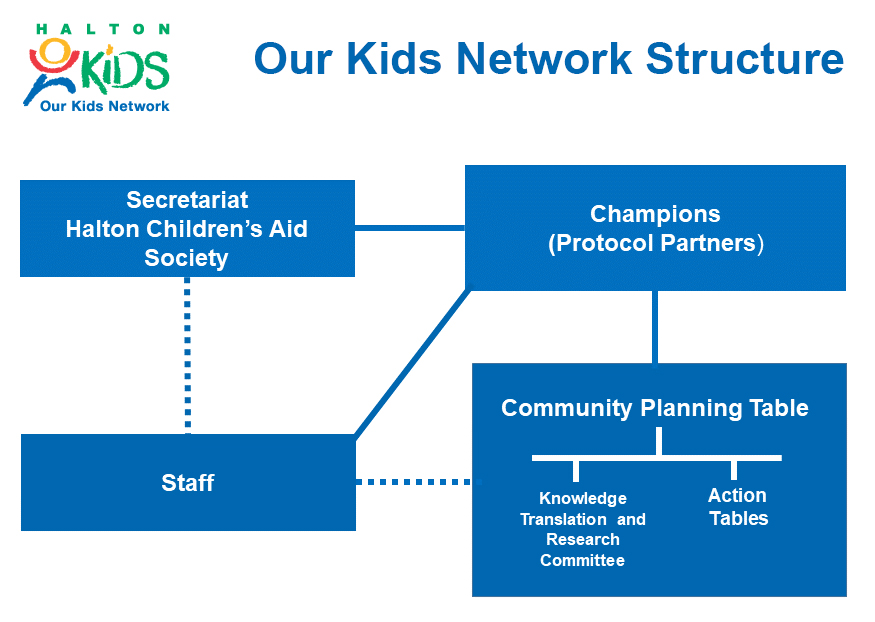Early Years Community Model
A Community Model for Early Years Mental Health Services and Supports in Halton
The Early Years Mental Health Committee (EYMHC) developed a Community Model for Early Years Mental Health Services and Supports in Halton.
Community Model Infographic
Our Community Model incorporates the following elements:
- The well-being of infants/young children is our primary goal and at the centre of our community model.
- Reflects the full continuum of early years mental health services and supports: promotion, prevention and intervention.
- Mental health services and supports across the continuum are flexible, collaborative, integrated, complementary and interdependent.
- Everyone has a role to play in promoting and supporting the well-being of infants/young children.

